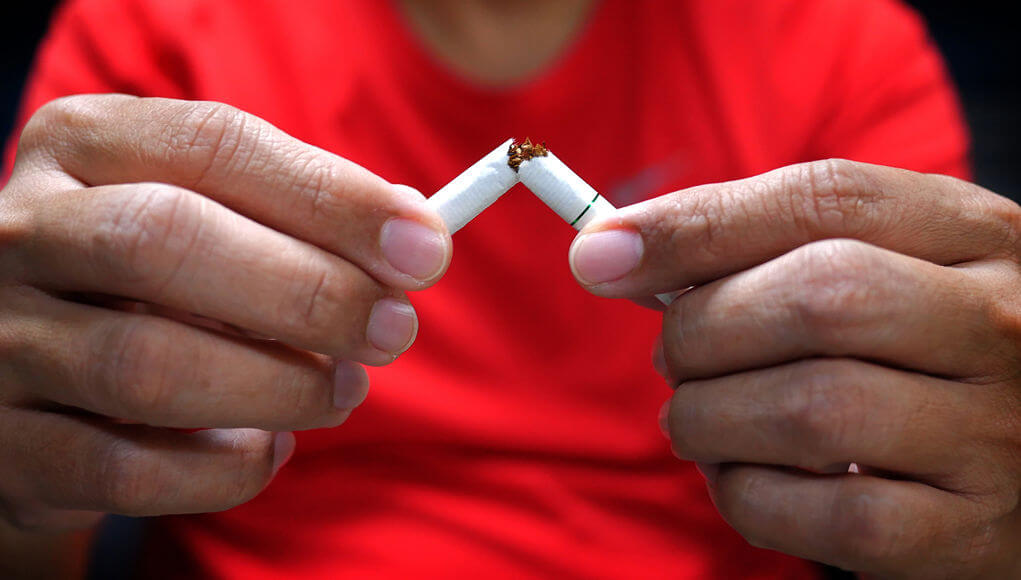The 31st May is celebrated annually by the World Health Organization (WHO) as World No Tobacco Day and the theme this year is “protecting youth from industry manipulation and preventing them from tobacco and nicotine use”. In this year’s theme, there is a clear message that it is about “youth” and it is not restricted to tobacco but includes nicotine use.
World No Tobacco Day 2020 Theme
This year the theme given by the World Health Organisation 2020 is “Protecting youth from industry manipulation and preventing them from tobacco and nicotine use “.
The number of young people at moderate to high risk for established smoking increases with more people in the early stages of smoking initiation at ages 14 to 19. These youths are at peril to become compulsive and established smokers as young adults and thus are primary targets for initiatives and interventions to make them nonsmokers again. Tobacco and its products are among the most advertised and promoted commodities in countries all around the world. Advertisement substantially influences young people’s smoking and intervening this will account for a huge reduction that will improve public health because as the youth grow up, fewer and fewer adults will be addicted to tobacco and nicotine. Thus, this year’s campaign is focused in the right place stinting children and adults a lifetime of addiction.
Countries with strong tobacco control and effective smoking cessation intervention services have made the tobacco industry to realize that in a few decades, smoking will be a thing of the past. The industries have therefore invested in alternative means and devices in order to maintain a market of users addicted to nicotine as a lifestyle product. The emerging tobacco-free nicotine products include but not limited to nicotine lip balm, nicotine gel, nicotine oral spray, nicotine lozenges, new electronic nicotine delivery devices (ENDS), or most popularly called e-cigarettes which provides aerosolized doses of nicotine with appealing flavors. None of these new devices are actually approved for smoking cessation as there is low or no evidence of their effectiveness. These e-cigarettes are being cleverly marketed to entice youths. They’re very attractive to youth as they taste of candy, fruit or any of the other flavors along with the misconception that flavored e-cigarettes are less harmful. The industry hails this as a coup for public health as they see it as a form of harm reduction falsely claiming that the introduction of these new products will decrease the harmful effects of smoking.
https://easternherald.com/blog/dangerous-tobacco-21st-century-65510/
According to the forum on youth smoking, the industry views the transition from smoking the first cigarette to become a confirmed pack-a-day smoker that and then develops marketing strategies not only to encourage initial experimentation but also to carry along new smokers through each transition stage till they become addicted. The tobacco industries also encourage smoking habits by focusing on periods when youth adopt new behaviors or during leisure and social activities. The youth are the ones being targeted and manipulated by the tobacco and nicotine industry because of their vulnerability and susceptibility from a harm perspective, the industry will continuously develop new methods of delivery and so all hands must be on deck to have backed up evidence in documenting their effects on health. Understanding this process can help public health practitioners to develop better tobacco control programs to encourage nonsmokers among young adults.
The future of the tobacco industry depends on ensuring the current users continue to smoke and also by recruiting new users to replace old smokers who quit. Therefore, understanding the role tobacco use behavior plays during this critical life stage can offer important opportunities to significantly reduce tobacco use prevalence amongst youths thereby reducing the number of addicted adults in the long run.












